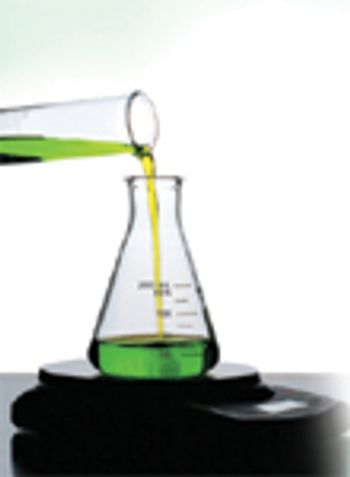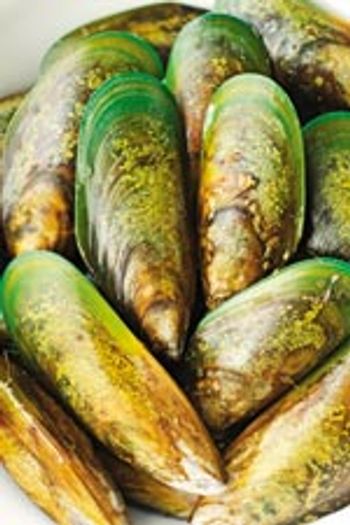
Click the title above to open The Column March 31, 2015 Europe & Asia issue, Volume 11, Number 5, in an interactive PDF format.

Click the title above to open The Column March 31, 2015 Europe & Asia issue, Volume 11, Number 5, in an interactive PDF format.

Click the title above to open The Column March 31, 2015 North American issue, Volume 11, Number 5, in an interactive PDF format.

Incognito continues with his “back to basics” focus. This time is the turn of the analytical balance.


Fish from the Baltic Sea are a major source of lipophilic environmental pollutants for consumers in Finland. Surrounded by land, the Baltic Sea is one of the most threatened marine environments, making fish from the Baltic Sea a major source of lipophilic environmental pollutants including polybrominated diphenyl ethers (PBDEs).

Paralytic shellfish toxins (PSTs) are naturally occurring toxins produced by some species of microscopic algae that can accumulate in filter feeding shellfish. These toxins are a threat to shellfish aquaculture and pose a serious hazard to public health when ingested. A group of scientists has developed a method using hydrophilic interaction liquid chromatography coupled to ultrahigh?performance LC tandem mass spectrometry (HILIC UHPLC–MS–MS) to determine PSTs in a variety of shellfish species as part of the Safe New Zealand Seafood Research programme.

Researchers from the California Animal Health and Food Safety Laboratory at the University of California Davis in the USA have developed an ultrahigh-performance liquid chromatography–mass spectrometry (UHPLC–MS) method for the detection of desmethylbromethalin (DMB) residues in animal tissues.



A crude extract of gingerol is used to evaluate the capacity of Spot Prep II system to work with analytical column. Method development was first done on LaChrom Elite analytical HPLC system and transferred to Armen Spot II system.







Analyzing PSTs in Shellfish Aquaculture


There are many aspects of analytical science which abound with myth and legend – but gas chromatography – mass spectrometry (GC-MS), and more specifically the electron ionization (EI) process, stands out as the technique which has given rise to the largest number of ‘urban myths’ and misunderstandings.

Ultra high resolution, accurate mass (UHRAM) mass spectrometry is a powerful new approach to high throughput screening and quantitation in complex sample matrices. To learn more about how UHRAM is used in metabolomics, LCGC talked with Jason Locasale, Assistant Professor in the Division of Nutritional Sciences at Cornell University.View the associated whitepaper.








